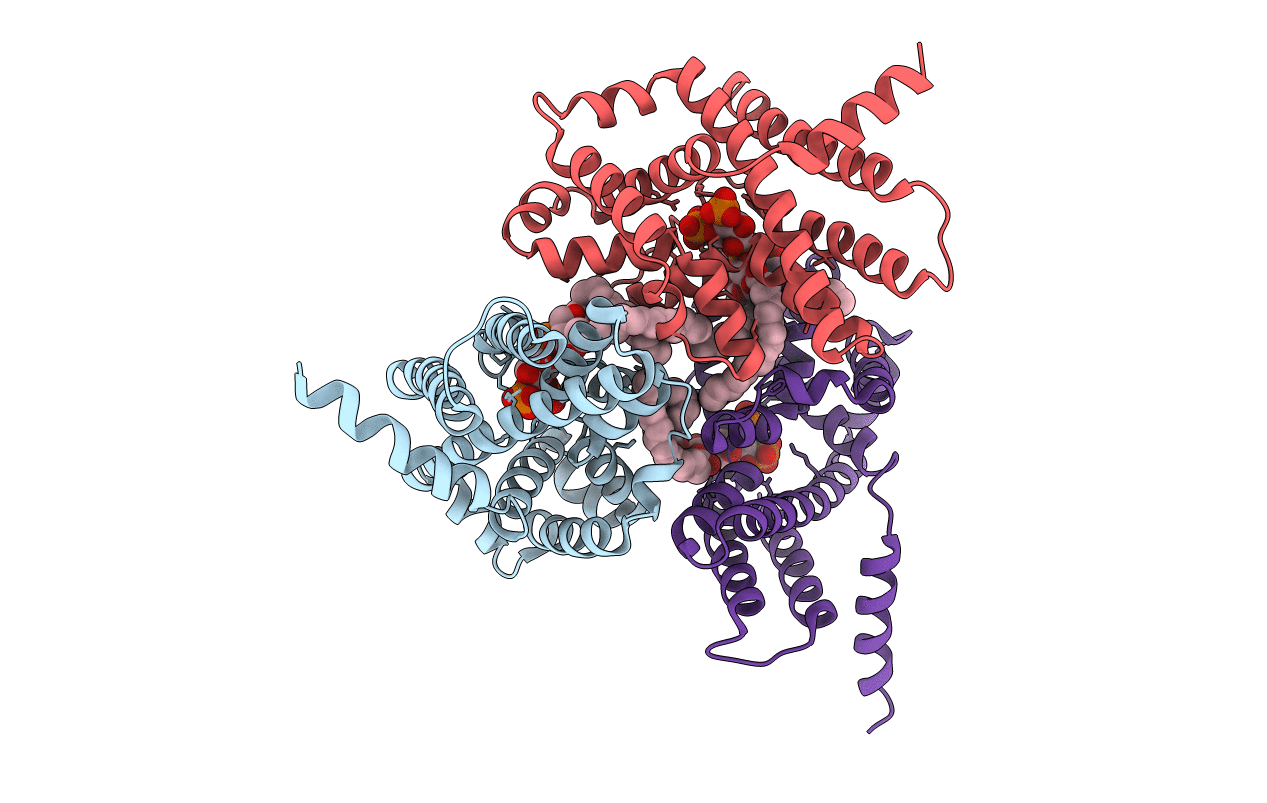
Deposition Date
2015-10-27
Release Date
2016-10-05
Last Version Date
2024-03-20
Entry Detail
PDB ID:
5EGI
Keywords:
Title:
Structure of a Trimeric Intracellular Cation channel from C. elegans with bound Ca2+
Biological Source:
Source Organism:
Caenorhabditis elegans (Taxon ID: 6239)
Host Organism:
Method Details:
Experimental Method:
Resolution:
3.30 Å
R-Value Free:
0.27
R-Value Work:
0.26
Space Group:
P 41 21 2


